51+ Sample Market Analysis Templates
-

Sample Market Analysis Template
download now -

Real Estate Market Analysis Template
download now -
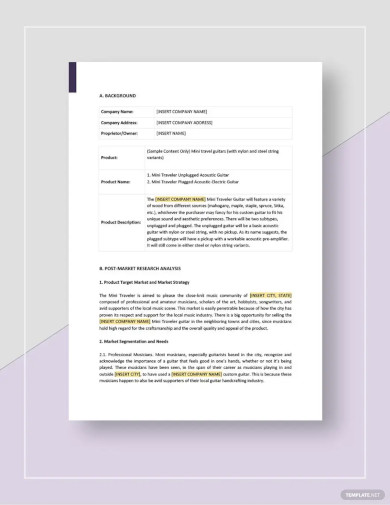
Product Market Analysis Template
download now -

Market Analysis Template
download now -
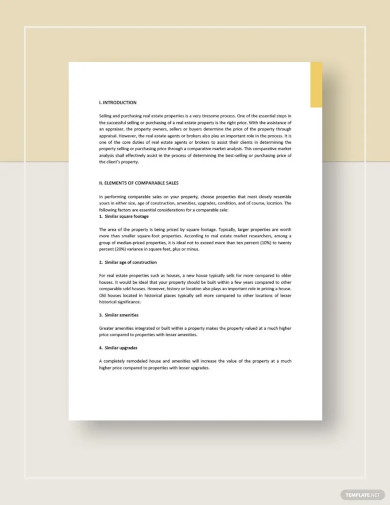
Comparative Market Analysis Template
download now -

Construction Market Need Market Analysis Template
download now -
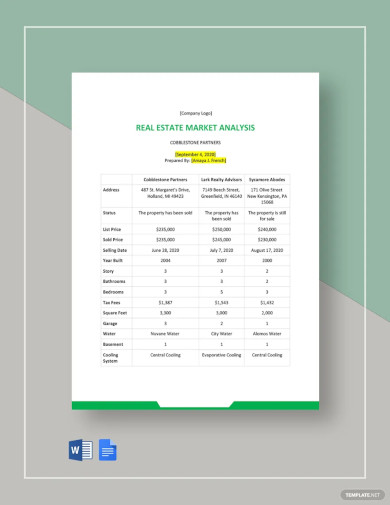
Commercial Real Estate Market Analysis Template
download now -
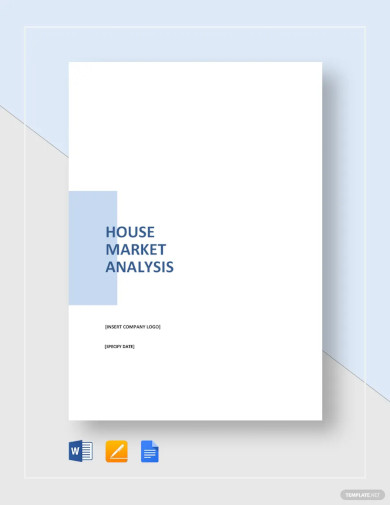
Housing Market Analysis Template
download now -

Market Analysis Report Template
download now -

Stock Market Analysis Template
download now -

Target Market Analysis Example Template
download now -

Project Management Market Analysis Template
download now -
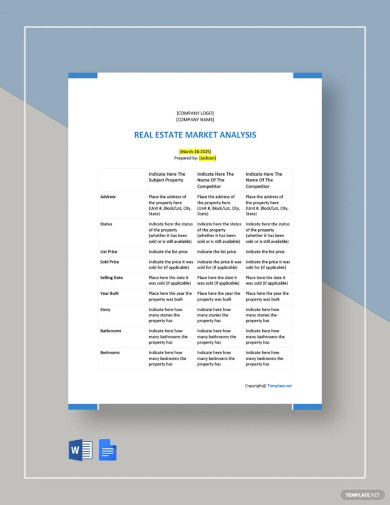
Simple Real Estate Market Analysis Template
download now -

Market Analysis Presentation Template
download now -

Startup Market Analysis Template
download now -

Agency Market Analysis Template
download now -

Simple Market Analysis Template
download now -

Supplier Market Analysis Template
download now -

Market Analysis Template
download now -

General Market Analysis Template
download now -

Real Estate Market Analysis Template
download now -

Editable Housing Market Analysis Template
download now -
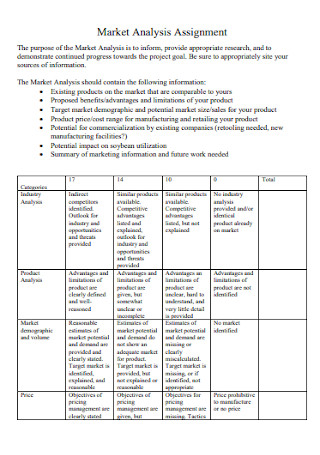
Market Analysis Assignment Template
download now -
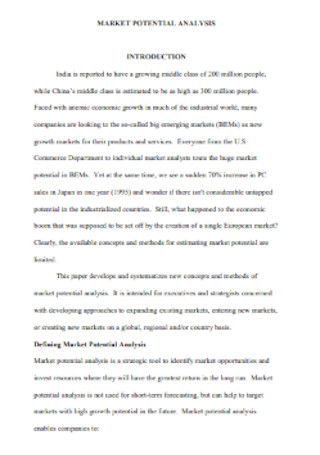
Market Potential Analysis Template
download now -
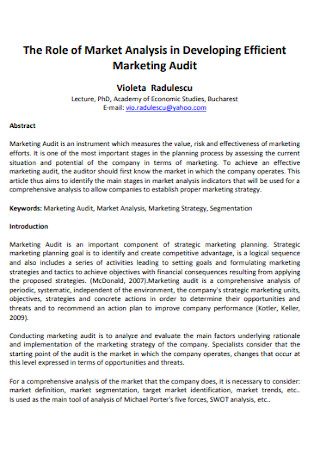
Marketing Audit Analysis
download now -
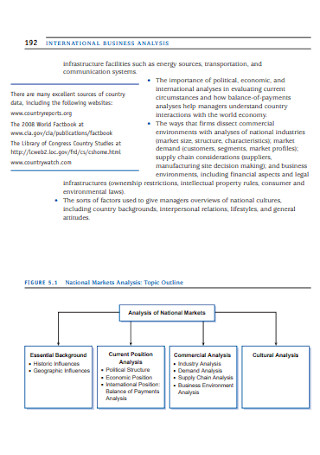
National Market Analysis
download now -
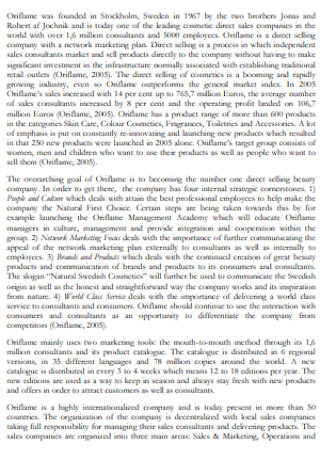
Foreign Market Analysis
download now -

Supply Market Analysis Template
download now -
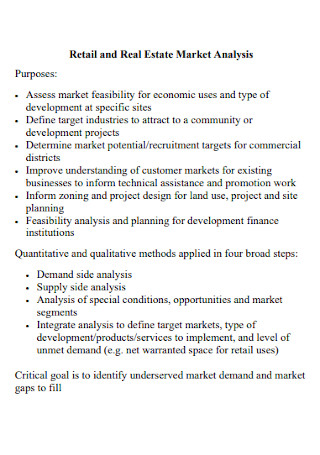
Real Estate Market Analysis
download now -
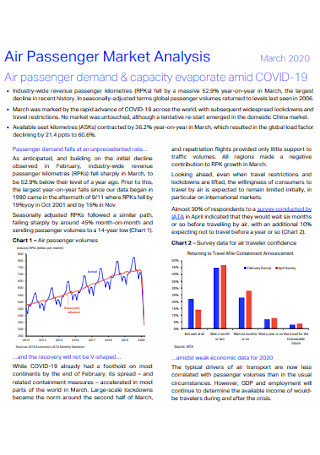
Air Passenger Market Analysis
download now -

Restaurant Market Analysis
download now -
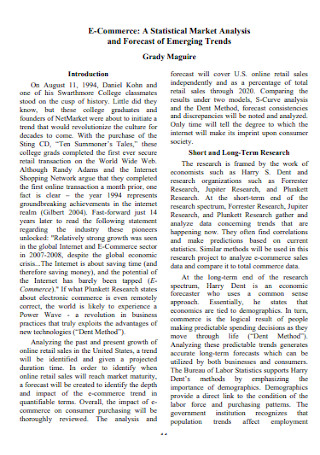
Statistical Market Analysis
download now -
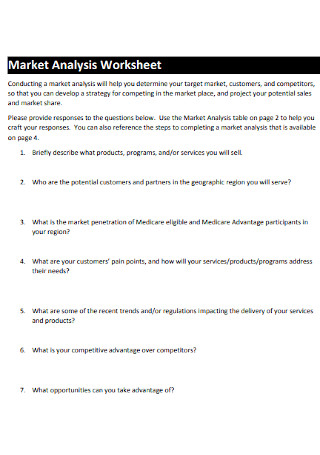
Market Analysis Worksheet
download now -
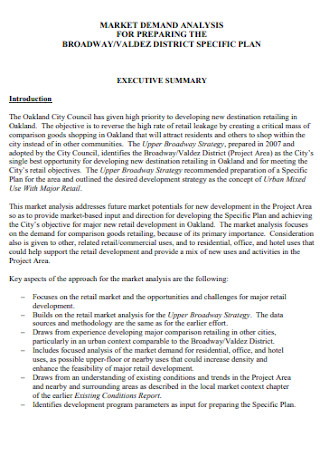
Market Demand Analysis Template
download now -
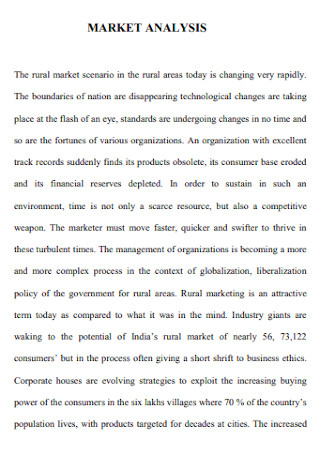
Basic Market Analysis Template
download now -
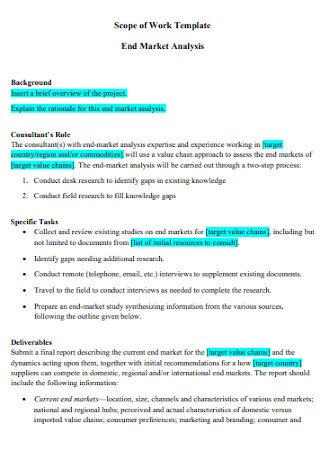
Market Work Analysis Template
download now -
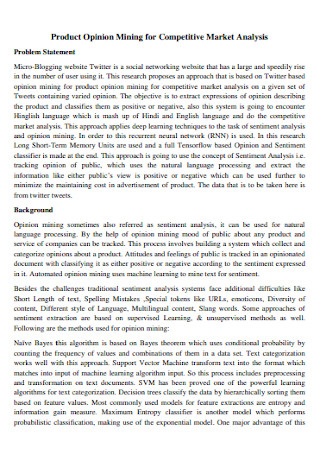
Mining for Competitive Market Analysis
download now -

Power Market Analysis Template
download now -
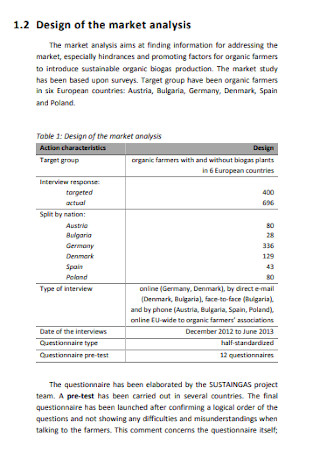
Market Analysis for Sustainable Template
download now -

Project Market Analysis Template
download now -
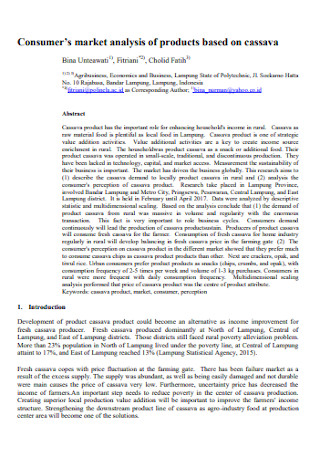
Market Analysis of Products
download now -
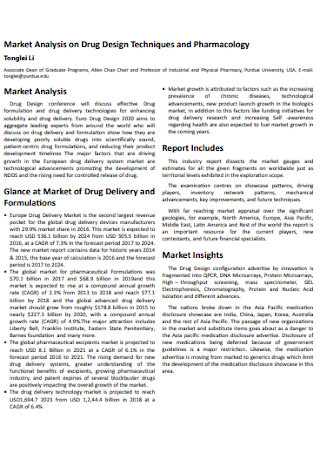
Drug Market Analysis Template
download now -
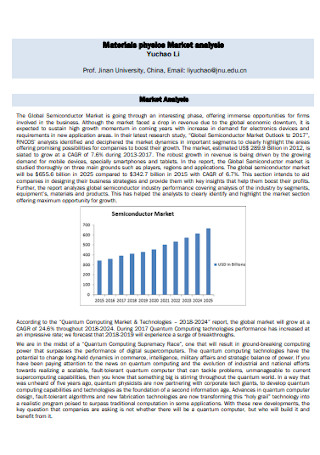
Materials Physics Market Analysis
download now -

Property Market Analysis Template
download now -
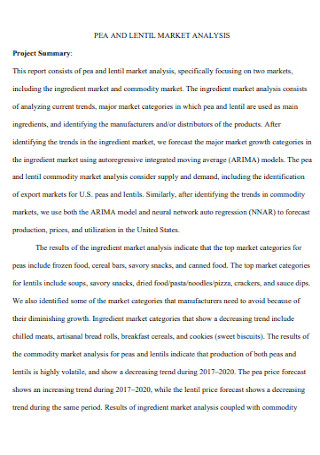
Pea Market Analysis Template
download now -
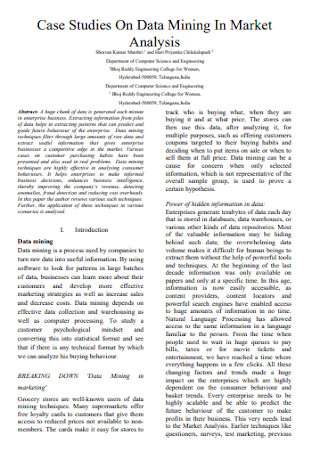
Mining Market Analysis Template
download now -

Market Analysis of Bird-Based Tourism
download now -
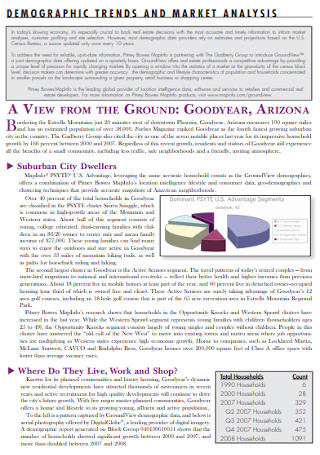
Demographic Trends and Market Plan
download now -
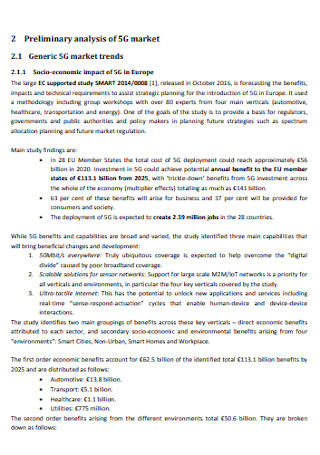
Preliminary Market Analysis Template
download now -
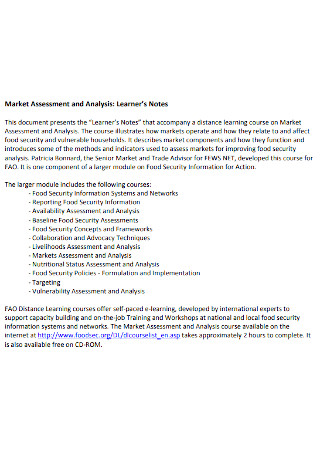
Market Assessment and Analysis
download now -
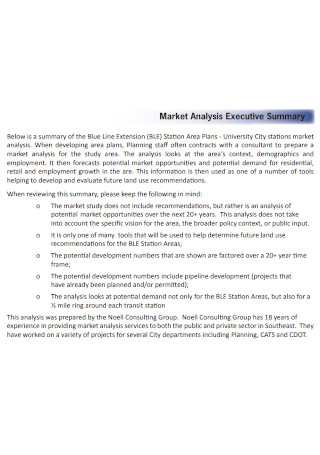
Market Analysis Executive Summary Template
download now -

Vehicles Market Analysis Template
download now -
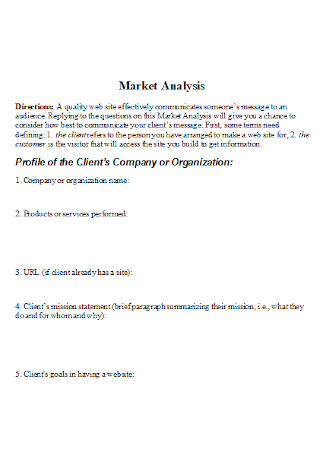
Standard Market Analysis Template
download now
What Is a Market Analysis?
Any business plan includes qualitative and quantitative analysis in assessing their market. And this assessment is called market analysis. Thus, it refers to the study of business market size, competition, its dynamics, consumer buying patterns, and economic environment. More so, the study is a documented investigation that not only informs but also formulates beneficial solutions and strategies. As these studies contribute significantly to the market research reports, any real problem in the industry can be verified and solved.

A market research campaign confirmed that only 10% of 3,500 young girls enjoyed playing Lego.
Meanwhile, The Money Project – Visual Capitalist stated that there are around 60 big stock exchanges, with over $69 trillion total value, worldwide.
Moreover, The Money Project mentioned that the New York Stock Exchange (NYSE), per se, is bigger than 50 of the world’s smallest major exchanges.
Market Analysis: Why Is It Important?
Anyone craves for business growth, but it does not merely happen out of luck. Business owners strive to build wise strategies to succeed. With market analysis added to your plate, blind spots can be discovered. A lot of startup companies do not even last since the owners failed in addressing problems that must be solved. For example, results in an analysis report help you understand the market system and your potential customers. Hence, your company developed strategies to reduce risks and provide better products and services.
Furthermore, market analysis is not limited to one industry only. The example stated earlier about Lego is just one factor. The study applies to a restaurant, real estate, salon, and so much more. Plus, competition is part of the analyzing process. Knowing your competitors enables you to develop ways of standing out. Keep in mind that businesses differ. And that means the solutions for structuring business plans will vary as well. Maybe you seek funding for the meantime. Therefore, refer to the data inside the report if your company is capable enough to back up the amount.
What Are the Variables in Market Analysis?
Before we head to conducting a market analysis, do you have ideas already about what is being analyzed? There are different variables used in the study which will be analyzed and evaluated. Bear in mind that you need to gather the right variables. Because even you provide excellent solutions to what you think is the problem, every variable used might not be the issue in the first place. And here are some examples of the variables to use for market analysis:
How to Conduct Market Analysis
As you know, market analysis investigates the attractiveness of an industry market. From there, you can form two objectives. First, know your market. Second, prove to investors and audiences that your market is enough to become a sustainable business. To make that work, handle the process right. So how do you manage that? Simply follow these steps on how to conduct market analysis:
Step 1: Review the Industry and Demographics
How much do you know your market? Put it to the test by reviewing the basic business metrics—size, growth, trends, and the like. If you are used to business plans where you research your industry, then don’t end there. With market analysis, you learn more about your customers, competitors, and so forth. Hence, it is more than just your business. You may view from reliable sites about current statistics and graphs as your basis. For example, smartphone sellers would want to know if smartphones are still in demand or not.
Step 2: Determine Your Target Market
Next, explain further about your ideal customers. While on the process of analyzing, you slowly recognize consumer behavior and types. And market segmentation exists when you identify various types of customers. If you want to cater to everyone by using a general scope, then you do not clearly know your target market. Be more specific. Take the manager of a footwear company, for example. Do not think that you target everybody since we all have feet. If you realize that most of your buyers come from men indulged in sports, then produce more sportswear shoes for men.
Step 3: Monitor Your Competitors
Did you check how your competitors handle their ads or social media campaigns? You might realize after investigating that they are slowly capturing your market share. This idea explains why you need to be aware of who you are up against in the industry. With competitive analysis through SWOT analysis, it will be easy to determine the business’ strengths and weaknesses. Apply securities in the stock exchange, perhaps. It is known that there are approximately 60 major stock exchanges globally, with a total value of around $69 trillion. If competitors are common in small major exchanges, then compete by dealing with securities that are greater than 50 of the smallest major stock exchanges through NYSE.
Step 4: Analyze the Results from Variables
Recall those examples of variables stated earlier. Interpreting the data follows whether you used surveys, product trials, or any other model. You do not simply guess solutions anyway. Thus, focus on understanding the outcome. But the problem with many elements to report and analyze is when the data is all over the place. Indeed, you might spend a lot of time to gather data. Yet, you still need to be careful in analyzing it. Aim to organize everything collected instead.
Step 5: Figure Out the Pricing and Sales Forecast
Other aspects of understanding market analysis are pricing and sales forecast. When you talk about the price, think of more than just what a product or service costs. Instead, what message do you think will be delivered to your customers when they see the price. Moreover, deciding on the price also concerns the quality. There is no point in increasing product prices without even giving a better quality to such items. Another concern is forecasting sales. How much do you expect to sell after? Think of future circumstances by applying analytics to be prepared.
Step 6: Formulate Competitive Strategies
Last is the part that businesses look forward to the most. This segment involves developing new strategies to improve operations in the market. Your company might benefit from the competitive pricing of services or new marketing plans via branding, campaigning, and others. The challenge here is to evaluate which solutions help the market the most. Even so, stay on track for the progress. Check if following the formulated strategy is going well or the other way around.
FAQs
What is the difference between analysis and analytics?
Both analytics and analysis play a crucial role in research. But the two can often be mixed up by researchers and analysts as they spell almost the same. However, the easy way to understand their difference is that one refers to the past while the other is for future terms. The analysis concerns from previous results, particularly with what happened in the market. Meanwhile, analytics looks forward to predicting results and forming strategies in the future.
What is the market trend?
Market trends refer to the movement or direction of a financial market over some time. The two common trends are the bull and bear market. The bull market signifies an upward direction to the financial market. On the other hand, the bear market notes a downward movement.
What are the elements of marketing?
The elements of marketing are known as the 7Ps. They are the product, price, place, people, promotion, physical, and process. And these seven elements work altogether in accomplishing the marketing objectives and strategies.
Why do we need to analyze and criticize our business market? Many people might say that every critic is a genius. That is because they can penetrate deeper into what the results from business-driven data mean. Although you need not be an experienced critic, the least you could do is try. With all the information you gathered from this article, you are more than equipped to ensure your market continues to operate from a financial standpoint. So before building strategic plans, be sure you haven’t skipped conducting market analysis.
